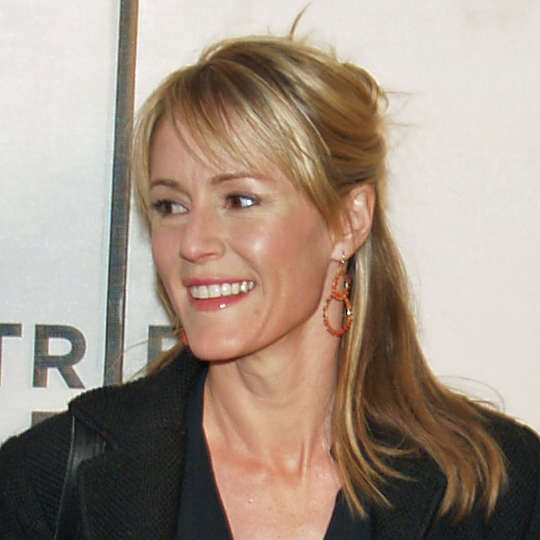
In a decade defined by high-concept blockbusters, gritty crime thrillers, and the rise of independent cinema, one film stood out for its simplicity, heart, and unexpected boldness: Fried Green Tomatoes. Released in 1991, the film would go on to earn critical acclaim, audience adoration, and a legacy far beyond what its modest production budget might have suggested.
But behind its charm and warmth lies a fascinating production story—one marked by risk-taking, creative vision, and an insistence on telling a story centered around women’s lives.
From Novel to Screen: A Southern Story with Universal Appeal
Fried Green Tomatoes began as a novel—Fried Green Tomatoes at the Whistle Stop Cafe—written by Alabama native Fannie Flagg in 1987. The book quickly became a bestseller, celebrated for its mix of Southern wit, layered characters, and deep emotional resonance.
When Universal Pictures bought the film rights, the challenge was clear: how to transform Flagg’s sprawling, time-jumping narrative into a coherent screenplay that preserved its spirit without sacrificing accessibility. Flagg herself co-wrote the script alongside screenwriter Carol Sobieski, best known for Places in the Heart.
Tragically, Sobieski died of cancer before the film was released. In many ways, Fried Green Tomatoes became a tribute to her legacy as a writer who believed in stories about the underrepresented—especially women.
Casting with Heart and Chemistry
Finding the right cast was crucial. For the pivotal role of Evelyn Couch, the production tapped Kathy Bates, who had just stunned audiences and won an Oscar for her performance in Misery. Bates brought an earthy vulnerability to Evelyn—a woman whose identity had been submerged under years of domestic routine and social expectations.
Mary Stuart Masterson and Mary-Louise Parker were chosen for the roles of Idgie and Ruth, respectively. Their on-screen chemistry became the emotional cornerstone of the film. “We wanted the love between them to feel undeniable, regardless of how it was labeled,” Masterson said in a 1992 interview. “It was about soulmates.”
Jessica Tandy, then in her 80s and fresh off her Oscar win for Driving Miss Daisy, signed on as Ninny Threadgoode. Her presence gave the film an intergenerational weight and a sense of timelessness. Tandy’s gentle humor and quiet authority became the thread tying the film’s past and present together.
A Director’s Quiet Rebellion

Jon Avnet, who had never directed a feature film before, was given the reins of the project. A surprising choice at the time, Avnet would later reveal that his personal connection to the material fueled his determination to get it right.
“I wasn’t interested in making a movie about ‘strong women’ as a theme,” he said. “I wanted to make a movie about real women—complicated, funny, angry, grieving, joyful. That’s more radical than people realize.”
Under Avnet’s direction, Fried Green Tomatoes avoided sentimentality while still embracing emotional sincerity—a rare balance in Hollywood storytelling.
Queer Subtext in a Conservative Time
One of the most discussed aspects of the film was how it handled the romantic undertones between Idgie and Ruth. While the novel explicitly presents them as lovers, the film leaves the nature of their relationship unspoken—something that generated both praise and criticism.
“It was the early ’90s,” Avnet later explained. “We had to walk a very fine line. But we were committed to showing a deep, loving partnership.”
This decision didn’t go unnoticed. LGBTQ+ audiences, especially women, found resonance in the unspoken connection. Over time, Fried Green Tomatoes earned its place in the queer cinema canon—not for what it declared, but for what it refused to deny.
The Legacy of Location
Filming took place in Juliette, Georgia, which doubled as the fictional town of Whistle Stop. At the time, Juliette was nearly a ghost town. After the film’s success, it experienced a revival, with the Whistle Stop Café rebuilt as a real working diner. Tourists still visit to this day, often ordering fried green tomatoes and snapping photos near the train tracks.
The landscape of the Deep South, captured in warm cinematography by Geoffrey Simpson, became as much a character in the film as anyone else. Sunlight through moss-covered trees, dusty roads, and creaking porches gave the story its Southern authenticity without turning into cliché.
Awards and Afterlife
Fried Green Tomatoes received two Academy Award nominations—Best Supporting Actress (Jessica Tandy) and Best Adapted Screenplay (Flagg and Sobieski). While it didn’t win, its legacy grew steadily over time through home video, word of mouth, and educational use in gender and film studies.
In 2008, the film was added to the American Film Institute’s list of the top 100 most inspiring films. More recently, conversations have shifted toward its role in quietly challenging gender roles, representing queer relationships, and creating space for nuanced portrayals of Black domestic workers during the Jim Crow South.
Why It Still Matters in 2025
In today’s world—rife with polarization, representation debates, and the need for more intersectional storytelling—Fried Green Tomatoes remains relevant not despite its quiet tone, but because of it. It tells the stories of women surviving, supporting, and loving each other in the margins.
It isn’t loud. It isn’t flashy. It doesn’t need to be.
It’s a story where a jar of honey, a car crash in a grocery store parking lot, and a plate of fried green tomatoes can change a life. And sometimes, that’s exactly the kind of story we need.
